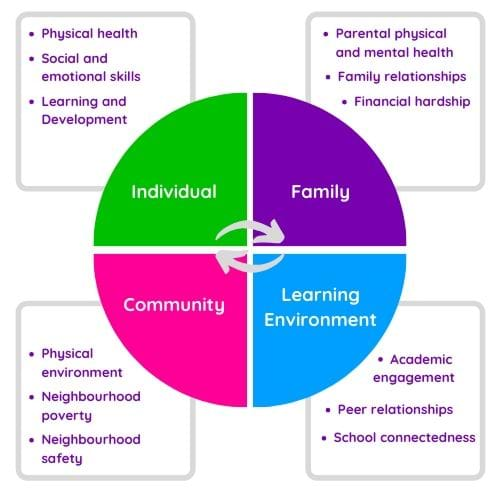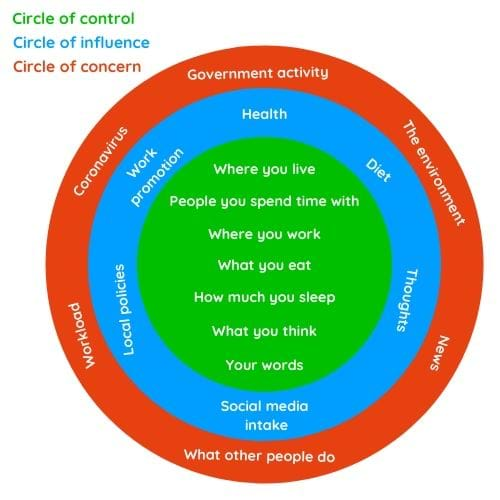Tips and Strategies for Educators on Coping with the Anxieties of School Reintegration
Today marks the day that many schools and settings in Kent and the United Kingdom find themselves reopening their doors to a selection of primary pupils. Over the last few weeks, many of you will have been busy planning how this was realistically going to happen while also catering for the children of critical and key workers throughout the lockdown period. It has quickly become clear that there is no ‘one size fits all’ approach to reintegration with everyone facing their own unique challenges.
It comes as no surprise then, that around 90% of teachers were opposed to the Prime Minister’s school reopening plan, according to a survey of nearly 50,000 union members by the National Education Union (NEU). These figures are alarming and raise concerns over teacher mental health throughout this period.
In my recent webinar, I also asked attendees how they felt about returning to a new school routine.
- happy to return - 7%
- slightly anxious - 43%
- anxious - 34 %
- very anxious - 11%
These results seem to be indicative of a general feeling amongst educators at the moment and begs the question of how you are expected to support the mental health and wellbeing of your students without addressing your own first.
This blog post aims to provide you with some effective and easy-to-implement strategies to manage your own mental health and that of your students during this period of transition.
Put on Your Own Oxygen Mask First
Before you can begin to address the emotional needs of your students, you must prepare yourself mentally for the road ahead.
- Know your trigger points – Think about your individual struggles and the things that spark your feelings of anxiety. Make a note of these and create your own personal safety plan to share with your school leaders.
- Connect with your experiences of lockdown – Everyone’s own experience of lockdown is unique and comes with its own challenges.
- Empty your stress bucket – Think about what you would put in there and what you would need to relieve some of that stress.
- Speak out and seek help – As well as friends and family, it helps to engage with colleagues who may be experiencing similar anxiety and support each other.
- Psychological First Aid – Think about the simple things you can do to support yourself and others. This could be a mindfulness exercise such as yoga, or quick daily check in with colleagues to discuss any concerns or just to have a cup of tea and a laugh.
Address the Full Spectrum of Wellbeing
Mental wellbeing is defined as children and young people’s happiness, life satisfaction and positive functioning.
Each focus area of the quadrant plays a part in the risk factors for optimal wellbeing goals for children and young people.
Evidence shows that if professionals and families work together against the risk, it raises the outcomes for the young person’s wellbeing. Using life data maps (genograms) can be a helpful way to understand risk factors.

Create a Circle of Control
Circles of control are an effective way of pinpointing areas of anxiety in your life, and ultimately helps you to realise there are steps you can take to gain more control over these issues.
Circle of control: Acts that we have some control over in our everyday lives. For example, how much you sleep.
Circle of influence: Factors that you feel may influence your circle of control. For example, health problems may cause interrupted sleep cycles.
Circle of concern: Factors outside of your control that are causes for concern. COVID-19 for example.

Lead with Empathy
C - CONNECTIVE
A - ALERT
L - LISTENING
M – MINDFUL
Have regular check-ins to connect with the children and find out how they are coping with being back at school. This can be as simple as asking a child to rate their wellbeing from 1-10, or using a traffic light system for younger children. If any concerns are established, discuss what they think will improve their score.
Be Alert…
- to any changes in government guidelines
- changes in your wellbeing
- changes in the needs of your students
- changes to their situation at home.
It is important to listen empathically and respond with compassion. Some children may return to school and appear extremely excited to see their friends and teachers again, but be mindful that others may be suffering with separation anxiety after a long period at home with their family. What I have found works well in this scenario is to ask parents to provide their child with a ‘transitional object’ to bring in with them. This is an item of no/little monetary value which will provide comfort and remind children that parents will be there to pick them up at the end of the day.
Watch the Full Webinar Here
If you have found this blog post to be useful, you can watch the full hour long webinar here.
The Education People are offering a wide range of webinars on topics such as mental health and returning to school over the coming months, so be sure to check them out and share with your colleagues.


